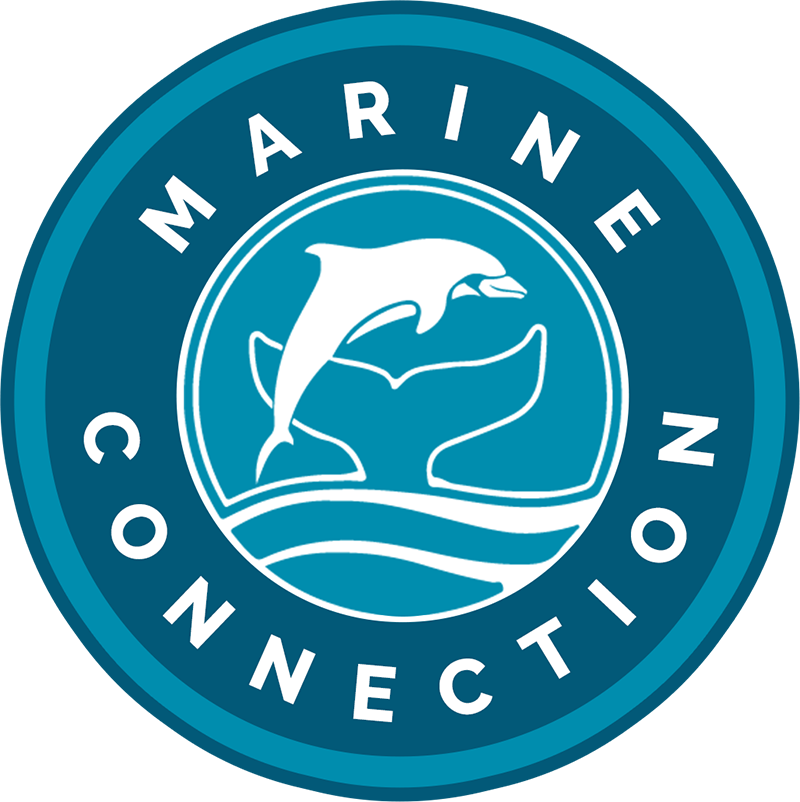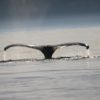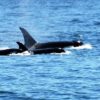Cetacean strandings vary from one to multiple animals of all sizes/species. The definition of a mass stranding differs from country to country, however typically is two or more unrelated animals. Mass strandings in one location are rare but when these do occur, they often attract extensive rescue efforts and media coverage.
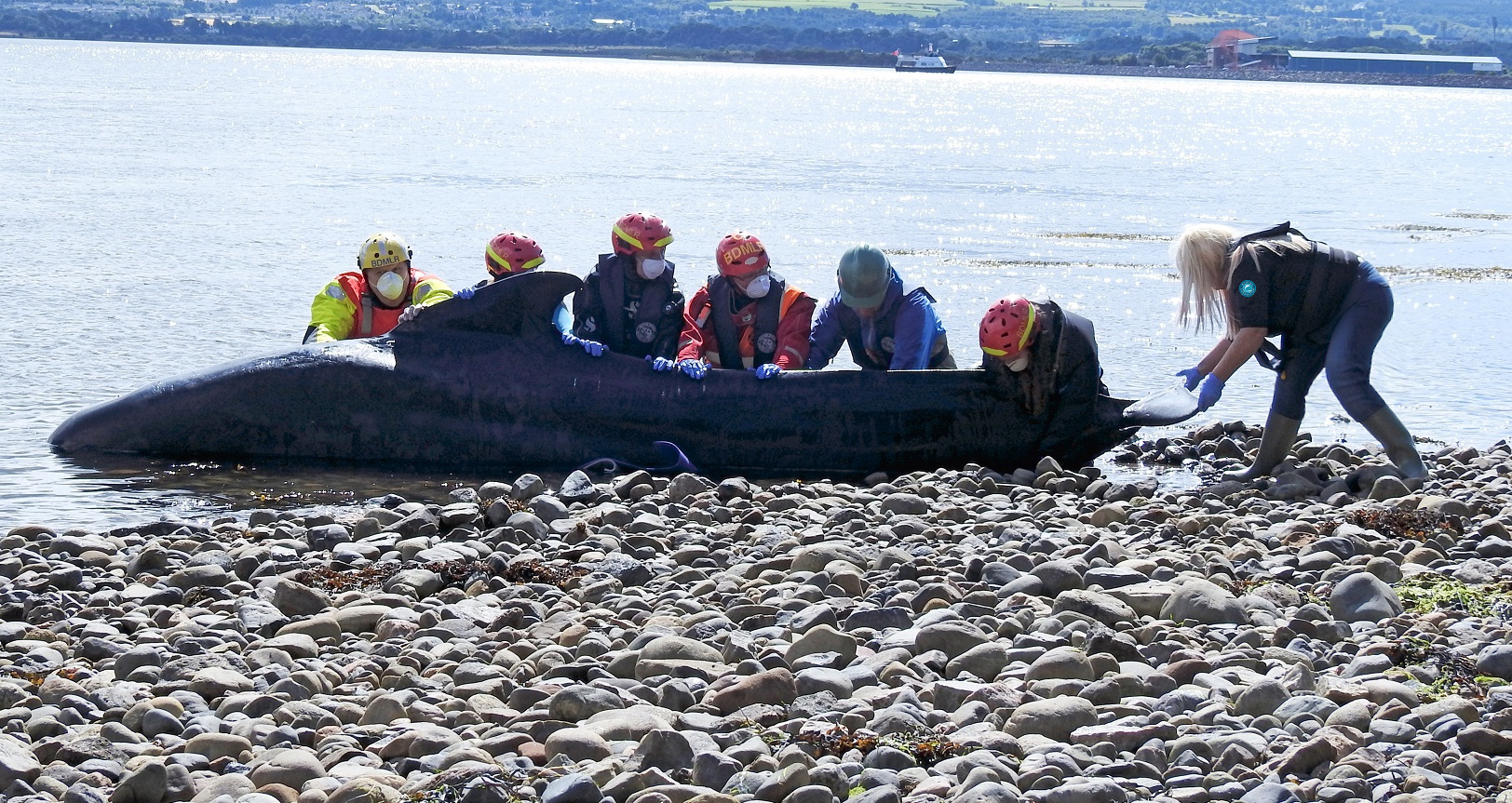
Marine Connection is a working member of the UK’s Marine Animal Rescue Coalition (MARC), which brings together many different groups interested and directly involved in the rescue of marine mammals. MARC provides a forum for the exchange of information, expertise and resources and helps develop a more coherent, integrated response strategy to live strandings of dolphins, whales, porpoises and seals around the British coastline.
There are many reasons why cetaceans strand and vary with each individual case, however when several attempts have been made to refloat a cetacean that subsequently keeps returning to shore, it is usually a firm indication that it will not be able to survive and the decision is made by a veterinarian whether or not to euthanise the animal to prevent further suffering or trauma.
Why do strandings happen?
- Chasing prey: dolphins may strand while involved in chasing prey close into shore.
- Disease: ranging from bacterial infections (pneumonia, gastroenteritis, meningitis, septicaemia) to parasitic infestations such as lungworm or viral diseases including morbillivirus.
- Malnutrition: in older animals or young calves which are still dependent upon their mothers for food and have become separated.
- Navigational error: some cetaceans are known to use the earths’ geomagnetic contours to navigate coastlines. Where these cross a beach or peninsula this can result in the animal following the contour line directly onto the beach or shoreline. This can also occur during unusual weather patterns such as electrical storms.
- Sonar: on many occasions cetaceans have stranded shortly after military sonar activity or underwater acoustic disturbances from oil exploration have taken place, both of which can cause disorientation in the animal.
- Strong social ties: If one pod member strands and becomes distressed, its calls may prompt the rest of the pod to follow. Once animals start coming ashore, it is extremely difficult to stop the process from continuing and escalating.
- Trauma: due to serious wounds, dislocations or fractures.
Anyone finding a stranded cetacean should report it immediately to the relevant authorities in their country as soon as possible as most have networks of experts / veterinary specialists specifically trained in dealing with strandings.
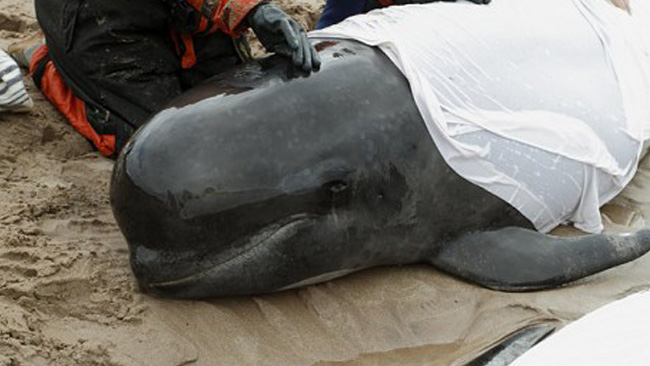
If you find a live stranded cetacean in the UK:
Please contact our colleagues at British Divers Marine Life Rescue (BDMLR)
24 hour Rescue Hotline: 01825 765546
Speed of reporting and action are absolutely vital to give the animal a greater chance of survival.
If you find a live stranded cetacean:
- Do not attempt to move it without first seeking expert assistance.
- Do not pull or move by its dorsal fin, tail-fluke or drag the animal back into the ocean.
- Try to keep people and dogs away to help stop further stress to the animal.
- Approach with care, be careful – dolphins can make sudden, unexpected movements which can cause injury.
- Keep the animal cool with seawater. It is vital that a stranded cetacean is kept cool however care should be taken not to let water enter the blowhole – this is vital.
If the cetacean is dead:
If possible take photographs and an exact record of the location then contact:
UK (all species): Cetacean Strandings Investigation Programme 0800 652 0333
CSIP collect a wide range of data on each stranding found on UK shores which are then used to build a picture of why the dolphin, porpoise or whale stranding may have occurred, unravel the events leading up to the moment of death and ascertain what can be done to further identify any substantial new threats to their conservation status.
